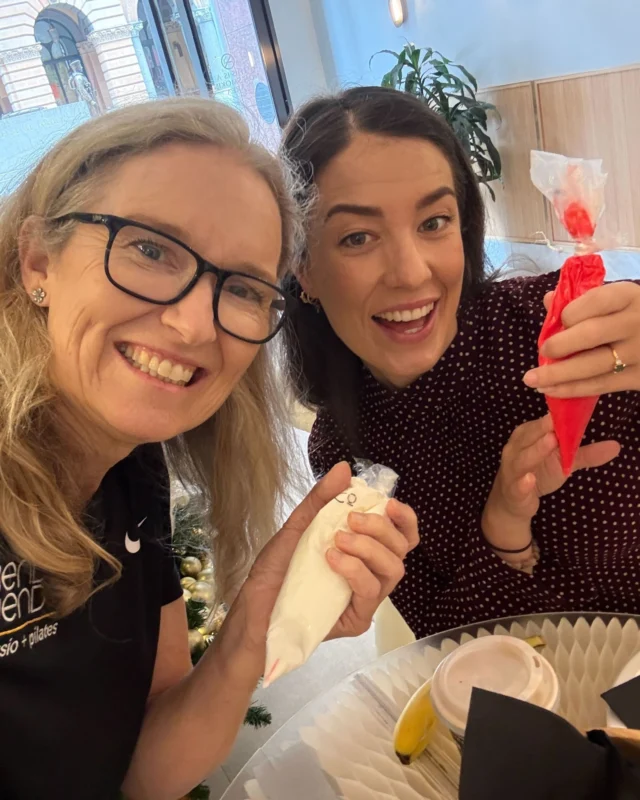So you’ve finished City 2 Surf and your already feeling the burn. Your calves are sorer than you thought they would be, and Heartbreak Hill was definitely way longer than it should have been. Your quads were already purring at the 8km line, and are now they’re roasted. The dread of walking to your car or public transport is setting in, what are you going to do to get over these DOMS quickly.
Whats DOMS you ask? Delayed Onset Muscle Soreness. This is the pain and stiffness experienced several hours to days following unaccustomed or strenuous exercise. The exact mechanisms are not completely understood, but the pain is ultimately thought to be the result of micro-trauma/mechanical damage, on a very small scale, to the muscles being exercised.
Although there is variance among exercises and individuals, the soreness usually increases in intensity in the first 24 hours after exercise. It peaks from 24 to 72 hours, then subsides and disappears up to five days after exercise.
So what do you do?
Well to date, unfortunately the research doesn’t provide a clear cut answer to the best remedy for DOMS. This blog will discuss the ways to minimise the impact of DOMS in the days following your run.
The Best Defence is a Strong Offence
Due to the fact that DOMS is always associated with exercising at a level above normal exercise exposure, or at an unaccustomed strenuous exercise level, the best defence is a strong offence. So to defend yourself from the risk of DOMS on race day you will have to train at a level so that race day will not be a shock to the body. The City2Surf involves a 14km run but the key issue that will increase your chances of developing DOMS is Heartbreak hill. This involves a winding 2km incline. For most recreational runners this will take over 10 minutes to conquer. Therefore it is integral that hills and incline running are also part of your training program, as this incline will act as a different challenge to your muscular and aerobic system than simply flat ground running.
If you’re reading this blog three days before the event and you haven’t trained or prepared your body for the race, well, good luck. Hopefully you have been training, hopefully you’ve followed a plan similar to Campbells 12 week plan for the City2Surf, or a similar running program with a gradual increase of exercise load. It is often recommended to use the 10% rule, that is, a 10% increase in total workload (Km’s) per week. This is suggested as a safe method to increase exercise capacity, with a reduced risk of injury.
Even better, hopefully you’ve seen my previous blog discussing the benefits of strength training on distance running, in regards to injury prevention and performance enhancement.
Even better again if you’ve not only been training with a gradual progressive overload, know the benefits of strength training, but have also been performing some of the exercises as discussed by Chris in his blog on strength exercises for the City2Surf.
Gee, if you’ve been doing all this, I don’t think you’ll need to worry too much about DOMS at the end of the race, because you will have prepared your body to manage this workload without a severe risk of DOMS.
As with all exercise, it’s important that you prepare your body for the exercise intensity or load. Whether this is a fun run, like the City2Surf, or a session of high intensity exercise the most important thing to do is gradually introduce exercise loads therefore you will have an increased capacity to perform on the day, at a decreased injury risk. In the next blog regarding the post race recovery I will be going through; active warm down, post exercise ice baths and post exercise massage. Whether these options are good, bad or indifferent to your recovery.
Good luck and keep training!






